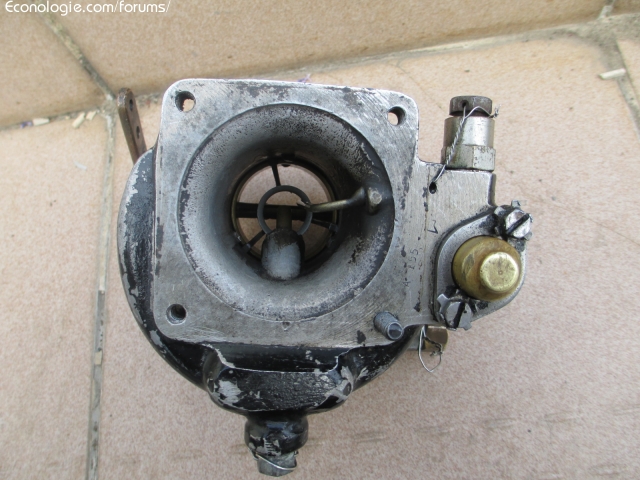Hello
Aumicron wrote:And since?
Do you have a first assessment?
Goods.
In my case I just did 3 hours of flight and as I have a problem on a cylinder (a rather low differential pressure measurement.)
the first engine reports smoother operation less vibration, use at low speed without vibration, no loss of power, no precise consumption tests (I will remove this cylinder, replace it, piston segment valves and redo rigorous tests. )
my companion on a new 180 hp engine, equipped with numerous measuring instruments, he noted a gain in power, a slight drop in consumption, remains to be checked over a longer period, a more balanced temperature on the EGT (exhaust) of 4 cylinders, cylinder head temperature fairly equal on the 4 cylinders. It is a new pilot also the weather is not better than in Europe it takes better condition for a pilot who has not accumulated many hours.
Also to read some comments, I am not very warm to write on the forum experience results after reading similar bullshit.
Except in the case of the “Canadian buddy” with his Lycomchozing plane with VW Polo air filter, “made-in-made-by-myself”. In this case, and in this case only, the additive - in accordance with the manufacturer's instructions - would be "good". Damn, that doesn't work, it's a navion.
a guy wonders what the knowing Jo is going to come out? Waste time answering him, on subjects that do not interest him who does not master, no thanks .....
Andre








